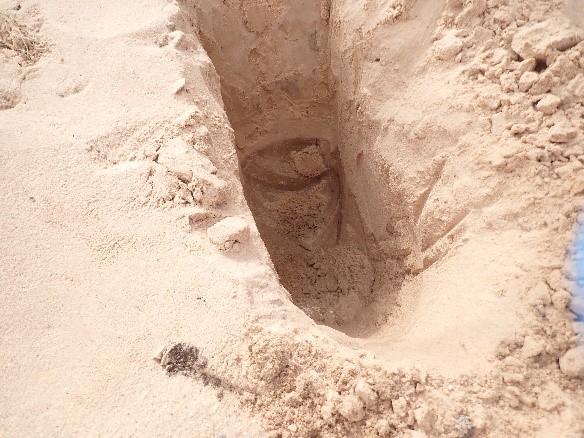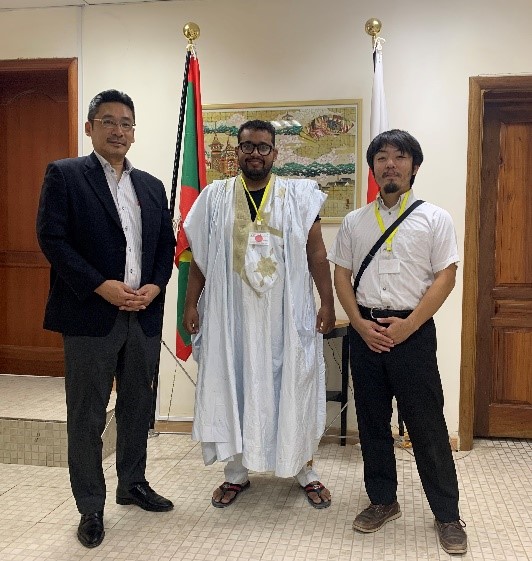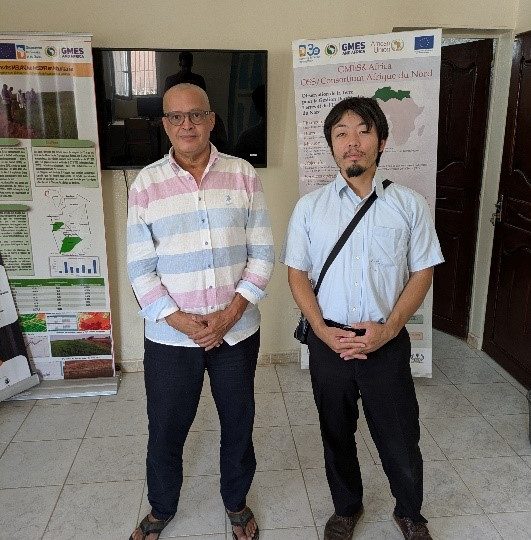NEWS
[Activity Report] Dr. SAINOKI Visited Mauritania in Africa
Supported by the "IROAST International Joint Research Travel Support Program", Associate Professor Atsushi SAINOKI (IROAST International Joint Research Faculty Members/FAST*) visited Mauritania in Africa from October 6th to 25th for the soil sampling related to investigation on mercury contamination in Chami environs, Mauritania.
First, he stayed for a few days in the capital, Nouakchott to make a discussion on the sampling method and locations, obtain a permission letter from Prof. Ahmedou MAHFOUDH, the University of Nouakchott, and to prepare soil sampling apparatus in Chami. Then, he travelled 200 km north of Nouakchott to reach Chami on Thursday 10 October.
On Friday 11 October, he first met with the district head who governs Chami to receive a promise to full cooperation with the soil sampling from the district director. Then, he made preliminary visits to the area where he conducts soil sampling, to ensure that the soil sampling is conducted smoothly and examined the hardness of the soil to estimate the time required for sampling at one site.
From Saturday 12, October, to Tuesday 15, soil sampling was carried out as shown in Figure 1. Although this sampling was significantly tiring and challenging, he was able to carry out soil sampling at about 50 sites. Moreover, this time, sampling was also carried out inside the gold smelter, which could not be done in the previous survey.

Figure 1: Soil sampling
He returned to Nouakchott, the capital, on Wednesday 16 October. Thereafter, procedures for the export of the collected soil samples were carried out. In addition to getting permission, it was necessary to obtain wind direction and speed data for the area around Chami in order to analyze the dispersion of mercury contamination, a visit was made to the Meteorological Office to obtain relevant information.
In addition, he made two visits before he went back to Japan. The first one is the Japanese embassy in Mauritania (Figure 2), where he collected general information on Mauritania and discussed research collaboration between Japan and Mauritania.

Figure 2:At the Embassy of Japan in Mauritania
The second visit is The University of Nouakchott, where he met Prof. Ahmedou MAHFOUDH again to report the result of soil sampling, obtain a letter for exportation, and make a discussion on future collaboration. They concluded that they should keep and foster this collaboration by adding the PNBA agency in order to protect the environment and evaluate the risk of mercury contamination in the future.

At the University of Nouakchott
The results of the study, including the findings of this survey, are expected to be published in a future international co-authored paper.

